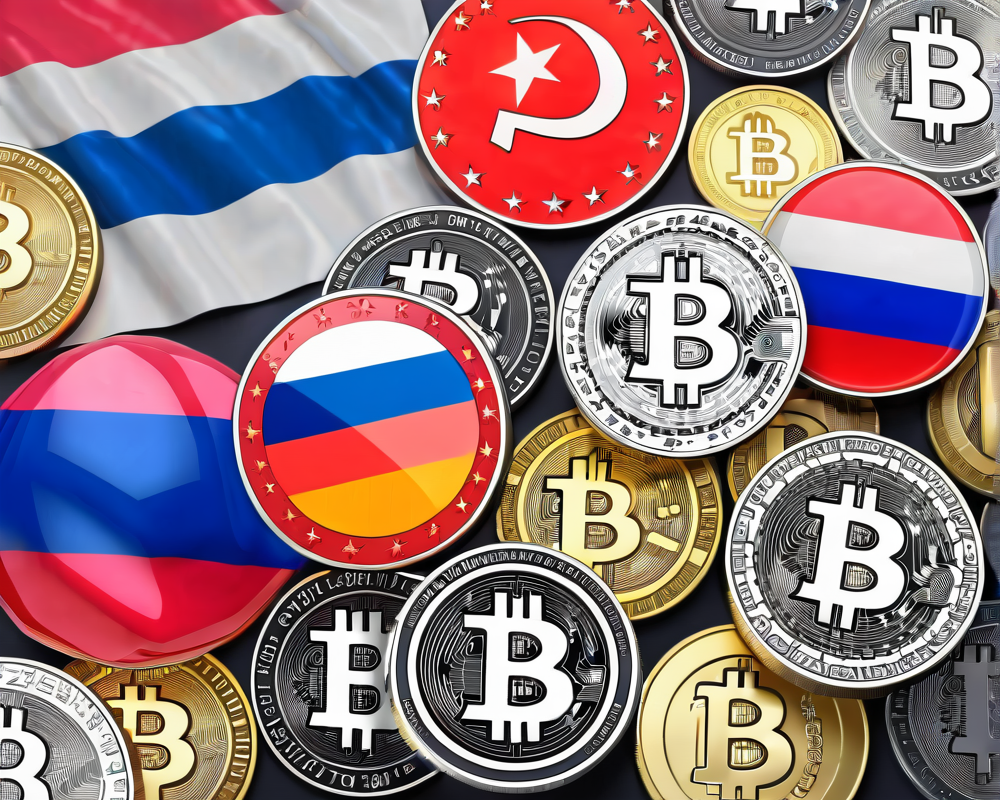Understanding the Digital Ruble’s Landscape
In a world where cash is becoming as rare as a unicorn, Russia’s central bank digital currency (CBDC), often referred to as the digital ruble, is making headlines. However, several local financial institutions are pumping the brakes, urging a careful analysis of the risks involved, particularly concerning cybersecurity and fraud.
The Voice of Russian Banks: What Are They Saying?
The Association of Russian Banks (ARB) recently published feedback on the digital ruble project on January 13. This wasn’t just a casual coffee chat; the report included insights from 17 ABR credit institutions that collectively hold a staggering 58% of the country’s banking assets. Talk about a heavyweight opinion!
Cybersecurity Risks: More Than Just a Buzzword
When it comes to potential pitfalls, the ARB isn’t shy about voicing concerns. They argue that the risks tied to the digital ruble mirror those found in current cashless transactions, be it via banking accounts or cryptocurrencies. Here are a few risks that raised more than an eyebrow:
- Unauthorized Account Access: Imagine waking up to find your digital wallet as empty as your fridge on a Sunday—yikes!
- Identity Theft: Hacking may just become the new bank heist, only this time, the robber doesn’t even need a mask.
- Hacking Unintended Consequences: Whether through personal account hacks or pesky identification errors, the digital ruble could face a considerable danger.
Offline Implementation: A Double-Edged Sword
The ARB highlighted additional risks related to offline transactions. Sure, the idea of making payments without needing Wi-Fi sounds appealing, but it comes at a cost:
- Fraud Detection Challenges: Offline payments can turn into a slippery slope. The inability to trace fraudulent transactions could mean a nightmare for regulators trying to keep order in the digital realm.
As ARB aptly put it, “Offline payments significantly reduce the possibility of detecting and preventing fraudulent transactions.”
A Slow, Strategic Approach: No Rush in Russia
The Bank of Russia first dropped hints about a potential digital ruble back in October 2020, suggesting that consumers might soon be able to access it through e-wallets and mobile devices, both online and offline. However, not everyone is clamoring to jump aboard this digital express train.
Dmitry Peskov, a senior official in the presidential administration, remarked that caution is key in this digital endeavor. He stated, “The risks of a central bank digital currency are so great that we need time to examine the issue.” Wise words, indeed!
Conclusion: A Path Forward
As the digital currency landscape evolves, it’s clear that safety must take center stage. The challenges presented by cybersecurity risks and fraudulent transactions should not be taken lightly. With the ARB’s insightful feedback and calls for caution, it’s evident that the digital ruble journey is just beginning, and only time will tell if it’s a smooth ride or a bumpy road.




